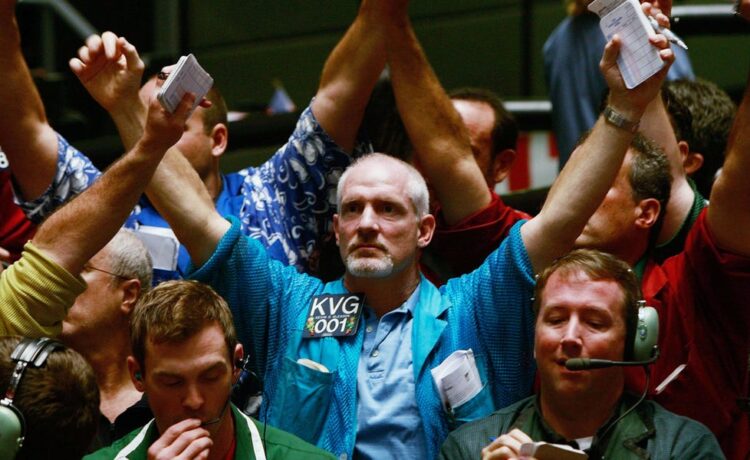- The US economy has grown dramatically and powered its stock market in recent decades.
- The US share of the global equity market stands at 50%, according to Goldman Sachs.
- America’s long-term dominance in markets reflects years of supercharged economic growth.
The dominance of the American economy and its markets has been an enduring theme.
In fact, it’s been building and even accelerating for decades compared to the rest of the world, according to Goldman Sachs. In a Monday note, strategists led by Peter Oppenheimer used historical data to illustrate the country’s outperformance relative to global peers.
The stunning resilience nn recent months has led Wall Street to pull back on its recession calls, while America’s CEOs have become more optimistic for the year ahead. The S&P 500 is up about 9% since January 1, investor sentiment is surging, and markets are pricing in multiple interest rate cuts from the Federal Reserve in the middle of 2024, which should help further stimulate economic activity.
From macroeconomic to sector trends, the four charts below illustrate America’s dominant position as an economic powerhouse.
The biggest slice of the global pie
The value of US stocks has grown at a faster pace than equities in other countries, and that growth has only accelerated recently.
“The longer-term rise in the relative size of the US equity market has reflected the dominance of the US economy,” strategists wrote. “Nonetheless, it is interesting that the US equity market’s domination of the world market has accelerated dramatically in recent years – particularly since the global financial crisis – and its gains have outstripped those of other regions.”
The US now accounts for a roughly 50% share of the global equity market, according to Goldman Sachs.
Goldman Sachs
That share is lower than what it saw in the 1970s but the drivers were different. More than four decades ago, the biggest individual American stocks included Exxon, Mobil, Ford, General Electric, and IBM — a far different makeup than the batch of Magnificent Seven stocks today.
Meanwhile, in 1989 when the Japanese market briefly overtook that of the US before crashing, the four biggest companies in the world were all Japanese banks.
Market cap relative to GDP
It’s true that US economy has been the largest global economy of the last 50 years, but Goldman Sachs highlighted how its share of equity market capitalization relative to GDP has also outpaced rival countries for many years.
The US’s market cap to GDP share hovers at about 170%, while the figure for the rest of the world not including the US is at about 60%.
Goldman Sachs
Only Switzerland and Denmark have seen stock market values hit relatively bigger sizes when measured as a share of the overall economy, though those two countries have much smaller economic footprints.
“In Denmark’s case,” Goldman strategists said, “this mainly reflects the size of Novo Nordisk, whose stock market value alone is bigger than the annual GDP of the Danish economy.”
Similarly, the prolonged increase in the US markets’ relative total size reflects the dominance of the US economy, according to Goldman Sachs.
Goldman Sachs
The growth factor
The strength of the American stock market can be traced largely to its high volume of growth names. In Goldman’s view, the US has benefited from a “growth” factor relative to the rest of the world.
“Put another way, the US stock market has more exposure to faster growing industries than the rest of the world, and less exposure to slow growing companies,” the strategists said.
Goldman Sachs
The large number of growth names in the US has led to investors reinvesting in US stocks at a higher rate than in most other markets. Goldman Sachs said it has also led to higher liquidity in US markets, which helps reduce the risk premium.
“The US economy is bigger and stronger than others and the growing trend towards US listings by foreign-based companies has added to this effect; it means that a growing part of the value of foreign-originated companies are represented in the US market,” the strategists said. “Furthermore, even if not listed in the US, many European and other companies have generally increased their exposure (and assets) in the US.”














